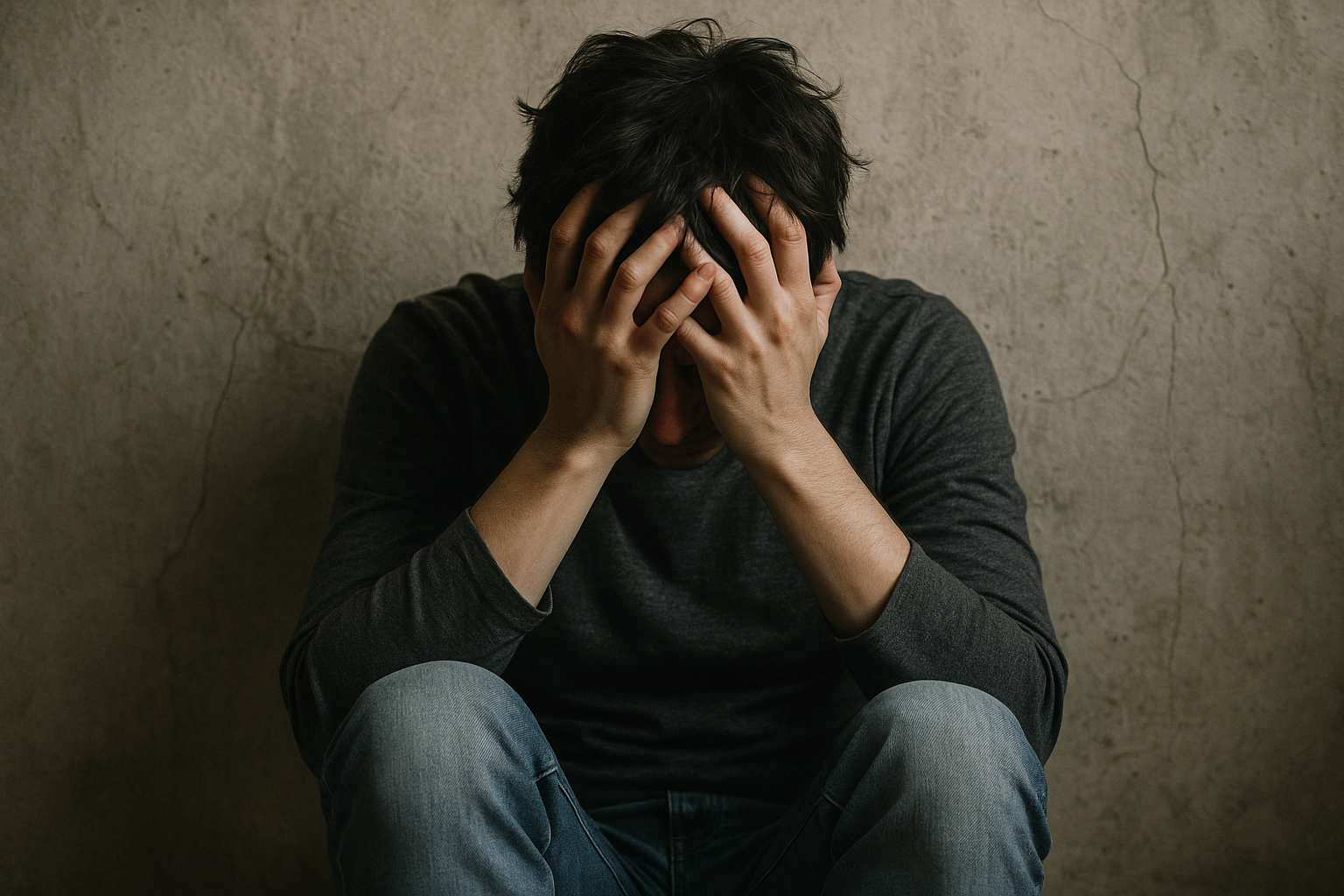Mental health is now one of the biggest public health challenges of the 21st century. According to the World Health Organisation (WHO), over 1 billion people, about 1 in every 8 globally, live with a mental health disorder. The numbers continue to rise, making mental health a critical issue for individuals, families, and societies worldwide. WHO – Global mental health update
The Impact of Mental Health is Concerning
Mental health is a global issue because it affects all ages, countries, and income levels. It not only causes suffering for individuals but also creates serious economic and social burdens.
- Second leading cause of disability worldwide – mental disorders reduce quality of life and the ability to work or study.
- Economic toll – depression and anxiety alone cost the world US $1 trillion each year in lost productivity.
- Suicide crisis – around 727,000 people die by suicide every year, making it a leading cause of death among young people.
- Healthcare systems under pressure – mental illness increases demand for hospital care and long-term support services.
In short, mental health is not just a medical problem. It is a global development issue that affects education, employment, poverty reduction, and even social stability. WHO – Mental health fact sheet
Common Mental Health Issues
Mental health disorders come in many forms, ranging from mild to severe. The most common ones affect millions of people every year and can significantly reduce quality of life if untreated.
- Depression (Major Depressive Disorder) – Around 5.7% of adults worldwide, or roughly 332 million people experienced depression in 2021. Women are affected more often than men, and the impact can be serious, even leading to suicide. World Health Organization
- Anxiety Disorders – While global prevalence rates vary, estimates show that anxiety disorders affect a significant portion of the population, especially among young people. The number of cases has been steadily rising. SpringerOpen
- Stress-related disorders (PTSD) – triggered by trauma such as war, abuse, or accidents.
- Substance use disorders – alcohol and drug misuse that often occur with depression or anxiety.
- Severe mental illnesses – conditions like bipolar disorder and schizophrenia, less common but highly disabling.
These conditions are not limited to any single region or age group—they affect children, adults, and older people alike.
What are the Causes of Mental Health Problems in Individuals?
There is no single cause of mental illness. Instead, it is shaped by a mix of biological, psychological, and social factors.
- Biological factors – genetics, brain chemistry imbalances, chronic illnesses (like diabetes or cancer).
- Psychological factors – unresolved trauma, childhood neglect, personality traits (perfectionism, low self-esteem).
- Social factors – poverty, unemployment, violence, social isolation, or stigma.
- Environmental stressors – climate change, displacement, wars, and pandemics can trigger or worsen conditions.
Understanding these causes is key to prevention and treatment. It shows that mental health problems are not just personal weaknesses—they are the result of complex interactions between people and their environments. WHO – Causes of mental disorders
Modernisation Exacerbating The Problem
The number of people living with mental health problems is rising faster than ever. This is due to a mix of modern lifestyle pressures, global crises, and greater recognition of conditions. The Guardian – Surge in mental ill-health .
- Modern stressors – Fast-paced lifestyles, financial strain, digital overload, and social media comparisons increase stress and anxiety.
- Global crises – Events like the COVID-19 pandemic, wars, and climate disasters trigger widespread trauma and fear.
- Urbanization & isolation – Moving to cities often reduces traditional family/community support, leading to loneliness.
- Youth challenges – Academic pressure, online bullying, and job insecurity make young people especially vulnerable.
- Better detection – Reduced stigma and improved healthcare mean more cases are diagnosed today compared to the past.

Health Tips for Mental Health Issues Prevention
Not all mental health conditions can be avoided, but people can take steps to reduce their risk and strengthen resilience. Prevention works best when combined with early support. WHO – Promoting mental health .
- Healthy lifestyle – Regular exercise, balanced diet, and good sleep improve mood and mental well-being.
- Stay connected – Maintaining friendships, family bonds, and community ties reduces loneliness.
- Manage stress – Relaxation, mindfulness, prayer, or hobbies help release pressure.
- Limit alcohol and drugs – Substance misuse increases risk of depression and anxiety.
- Seek help early – Talking to professionals or trusted people before problems worsen is key.
- Supportive environments – Schools, workplaces, and communities should encourage open conversations on mental health.
The global mental health crisis is not just about numbers—it’s about real people, families, and communities struggling every day. With over 1 billion people affected, mental health has become one of the most urgent challenges of our time. The rising cases reflect modern pressures, global crises, and social inequalities.
Small steps such as staying connected, managing stress, and seeking help early can make a big difference. Mental health is a basic human right and essential to global well-being. The time to act is now—because building healthier minds means building a healthier, more resilient future for everyone. WHO – Global call for mental health action
You may also be interested in:
Depression: Symptoms causes and when to seek help
Anxiety: Causes symptoms and proven strategies to reduce anxiety


[…] You may also be interested in Global mental health crisis: Why it is on the rise? […]